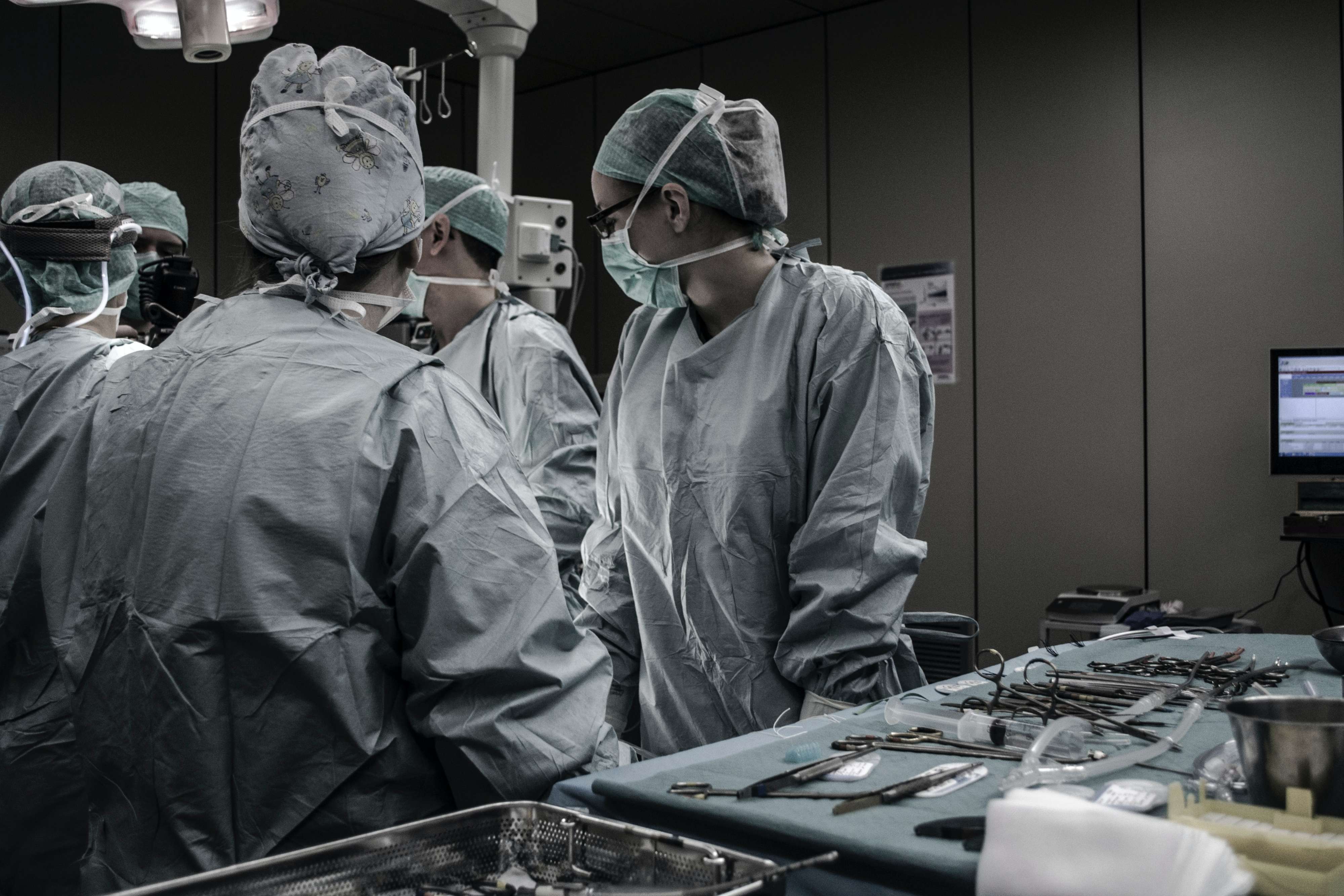![]()
The John Brown University Human Anatomy Cadaver Laboratory is approaching its thirty third year on campus. According to Dr. Tim Wakefield, professor in the JBU Biology Department, it was first introduced to the University in 1990. The lab is utilized by biology majors taking human anatomy or anatomy and physiology I and II, and cadavers are provided by the University of Arkansas for Medical Sciences at the beginning of each fall semester.
The lab consists of a male and female cadaver, nicknamed Judy and Humperdinck according to sophomore Emily Wyatt. Wyatt, a biochemistry major, explained that everything must be returned to UAMS at the end of the year, so anything removed from the body has to be stored in “the morgue” for preservation. She detailed the process of working with cadavers, which involved isolating the skin, muscles, internal organs, blood vessels and veins, and eventually getting tested over these individual terms.
The human anatomy class meets once a week for lab, which is three hours long. Wyatt’s class consisted of ten people split between two labs, which gave plenty of opportunity for each student to work with the cadavers.
She said it’s pretty normal to work with cadavers in undergraduate classes, but praised the University’s small class sizes saying, “Labs at a big school that have a bunch of people give students like 20-minute shifts each, but we spent the whole three-hour lab working on a cadaver with just a few other people, which was really nice.”
When asked if she had any trouble working with the cadavers, Wyatt shared that Dr. Wakefield advised his students on the first day of class to just think of them as tissue, adding that even if it does bother some people, they get over it pretty quickly.
“Personally, it never grossed me out,” she said. “But the smell will get you. The worst part is when you’re not in there and you smell it while you’re eating or something. It totally ruins your food.”
She also said that there were some people who dropped the class because of the cadavers. While the class isn’t required for an undergraduate degree, it is something a medical student would have to take.
When asked if she felt working with cadavers was necessary for the anatomy class, Wyatt said she thought it definitely is.
“It helps a lot. You learn all this stuff, but getting to work with it hands-on is so much better than just memorizing words…you’re actually seeing it on the body.”
Photo courtesy of Unsplash





